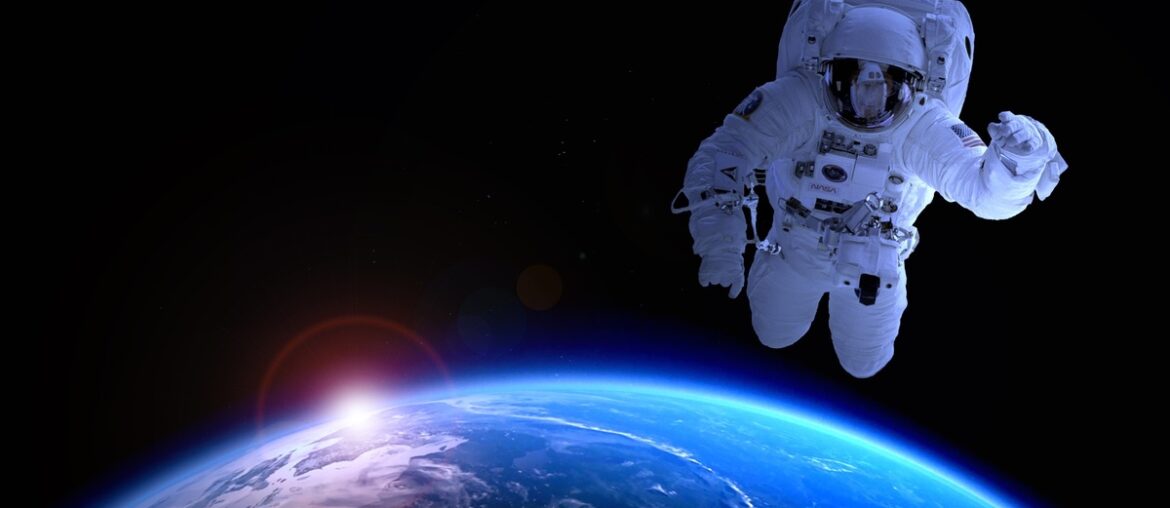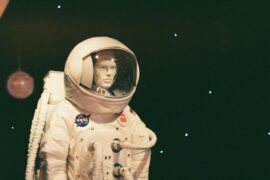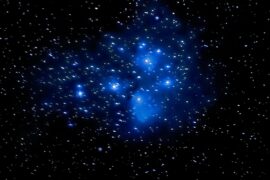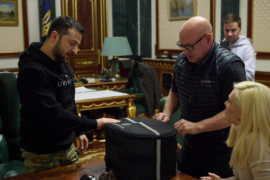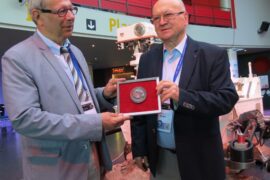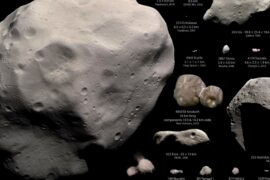January has produced a surprising number of space travelers over the decades, from early test pilots to crew members who spent months aboard space stations. Looking at who was born in this month reveals interesting overlaps in nationality, mission types, and career paths.
There are 23 Astronauts Born in January, ranging from Anatoli Ivanishin to William Pogue; for each astronaut the entries include Birthdate (DD MMM YYYY),Nationality,Agency — you’ll find below.
How complete is this list of astronauts born in January?
The list covers 23 individuals documented as astronauts born in January, spanning agencies and eras; it focuses on people officially recognized as astronauts by their agencies, but for the most up-to-date or expanded rosters you should cross-check official biographies and agency records.
Can I sort or filter the entries by birthdate, nationality, or agency?
Yes — because entries are organized with Birthdate (DD MMM YYYY),Nationality,Agency you can paste the table into a spreadsheet or use built-in table controls on the page to sort and filter by date, country, or organization.
Astronauts Born in January
| Name | Birthdate (DD MMM YYYY) | Nationality | Agency |
|---|---|---|---|
| Sergei Avdeyev | 01 Jan 1956 | Russian | Roscosmos |
| Vladimir Titov | 01 Jan 1947 | Russian | Roscosmos |
| Fyodor Yurchikhin | 03 Jan 1959 | Russian | Roscosmos |
| Oleg Makarov | 06 Jan 1933 | Soviet | Roscosmos |
| David Saint-Jacques | 06 Jan 1970 | Canadian | CSA |
| Valeri Kubasov | 07 Jan 1935 | Soviet | Roscosmos |
| Stephen Bowen | 08 Jan 1964 | American | NASA |
| Vyacheslav Zudov | 08 Jan 1942 | Soviet | Roscosmos |
| Shannon Lucid | 14 Jan 1943 | American | NASA |
| Anatoli Ivanishin | 15 Jan 1969 | Russian | Roscosmos |
| Michael Coats | 16 Jan 1946 | American | NASA |
| Anatoly Solovyov | 16 Jan 1948 | Soviet/Russian | Roscosmos |
| Buzz Aldrin | 20 Jan 1930 | American | NASA |
| Jerry Ross | 20 Jan 1948 | American | NASA |
| Thomas D. Jones | 22 Jan 1955 | American | NASA |
| William Pogue | 23 Jan 1930 | American | NASA |
| Jeremy Hansen | 26 Jan 1976 | Canadian | CSA |
| Wang Yaping | 27 Jan 1980 | Chinese | CNSA |
| John Fabian | 28 Jan 1939 | American | NASA |
| David C. Hilmers | 28 Jan 1950 | American | NASA |
| Leonid Kadenyuk | 28 Jan 1951 | Ukrainian | NSAU/NASA |
| Mamoru Mohri | 29 Jan 1948 | Japanese | JAXA/NASA |
| Pyotr Dubrov | 30 Jan 1978 | Russian | Roscosmos |
Images and Descriptions
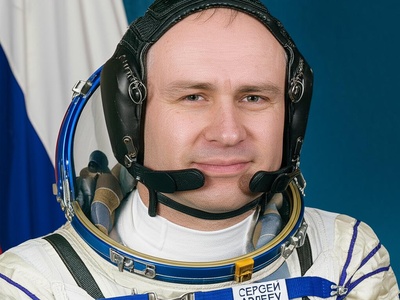
Sergei Avdeyev
A highly experienced cosmonaut who completed three long-duration missions aboard the Mir space station. He logged a remarkable 747 days in orbit and, for a time, held the record for the most cumulative time spent in space.
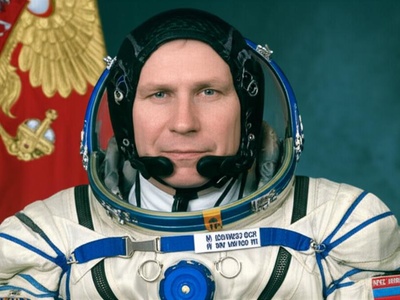
Vladimir Titov
A decorated Soviet and Russian cosmonaut who completed four spaceflights. He famously survived a launchpad abort in 1983 and later commanded a mission that set a new endurance record by spending 365 days aboard the Mir space station.
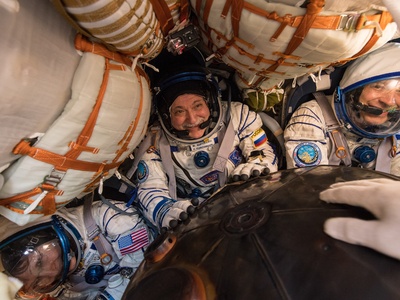
Fyodor Yurchikhin
A veteran Russian cosmonaut with five spaceflights and over 672 days in orbit. An experienced commander of the International Space Station, he has also conducted ten spacewalks, placing him among the top spacewalkers in history.
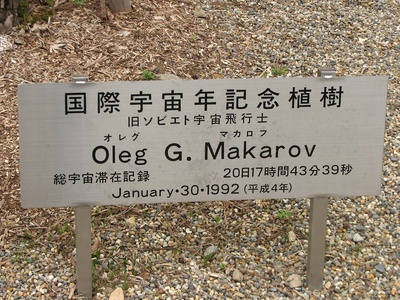
Oleg Makarov
A Soviet civilian engineer-cosmonaut who participated in four space missions. He flew to the Salyut 6 space station and was part of a crew that survived a harrowing launchpad fire and abort just seconds before liftoff in 1983.
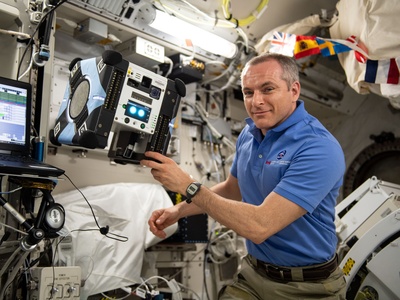
David Saint-Jacques
A Canadian astronaut, engineer, and physician who flew a 204-day mission to the International Space Station. During his stay, he conducted a spacewalk, operated the Canadarm2, and performed numerous scientific experiments for the Canadian Space Agency.
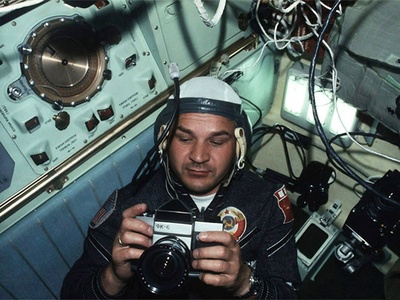
Valeri Kubasov
A celebrated Soviet cosmonaut who flew on three significant missions. He was a key participant in the historic 1975 Apollo-Soyuz Test Project, the first joint U.S.-Soviet spaceflight, which marked a new era of international cooperation.
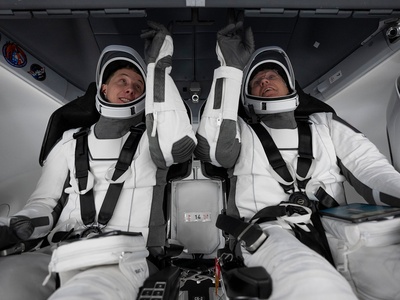
Stephen Bowen
The first U.S. Navy Submarine Officer selected as a NASA astronaut. A veteran of four spaceflights, including missions on three different shuttles, he has conducted ten spacewalks to help construct and maintain the International Space Station.
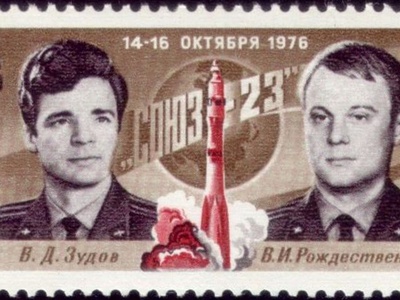
Vyacheslav Zudov
A Soviet cosmonaut who commanded the Soyuz 23 mission in 1976. His flight is renowned for its dramatic ending when the capsule landed in a freezing lake during a blizzard, requiring a highly complex and dangerous rescue operation.
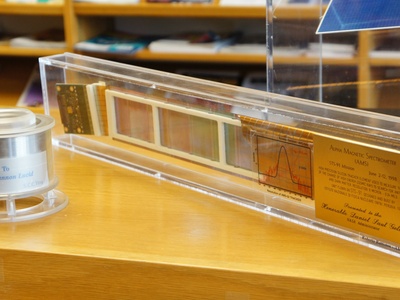
Shannon Lucid
An American biochemist and astronaut who set a U.S. space endurance record in 1996. She spent 188 days in space, most of it aboard the Russian Mir space station, demonstrating long-term international cooperation and paving the way for the ISS.
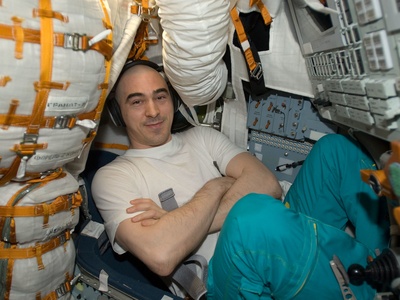
Anatoli Ivanishin
A Russian cosmonaut who has completed three flights to the International Space Station, serving twice as its commander. He was also a crew member on the historic first operational flight of the SpaceX Crew Dragon spacecraft in 2020.
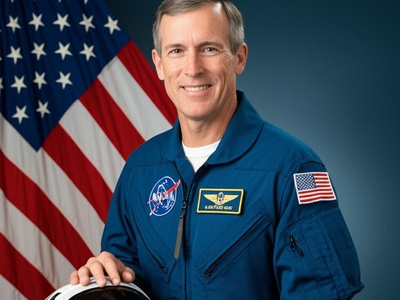
Michael Coats
A former U.S. Navy pilot and NASA astronaut who flew on three Space Shuttle missions, commanding two of them. After his flight career, he provided key leadership on the ground, serving as the Director of NASA’s Johnson Space Center for seven years.

Anatoly Solovyov
The world record holder for the most spacewalks (16) and most time spent on spacewalks (over 82 hours). A decorated cosmonaut, he completed five spaceflights, primarily serving on the Mir space station during its operational years.
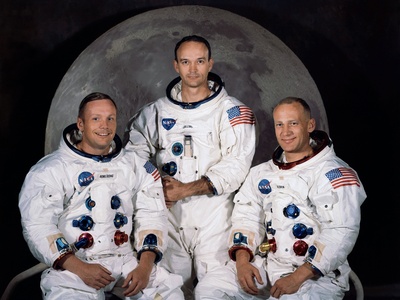
Buzz Aldrin
An American icon and Lunar Module Pilot for the historic Apollo 11 mission. On July 20, 1969, he became the second human to walk on the Moon, an achievement that represented a giant leap for humanity and inspired generations worldwide.
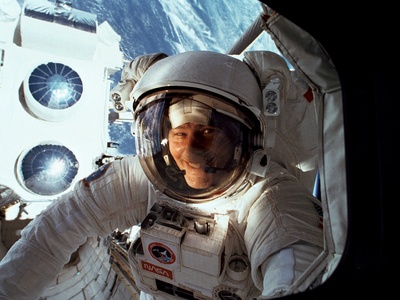
Jerry Ross
The first human to be launched into space seven times. A veteran U.S. Air Force officer and NASA astronaut, he also held the U.S. record for most spacewalks (nine) and played a critical role in constructing the International Space Station.
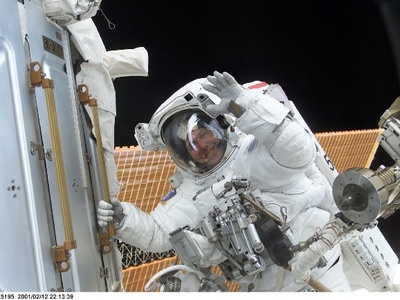
Thomas D. Jones
An American scientist and former NASA astronaut who flew on four Space Shuttle missions. A planetary scientist by training, he spent over 53 days in orbit and performed three spacewalks to help install the Destiny laboratory on the International Space Station.
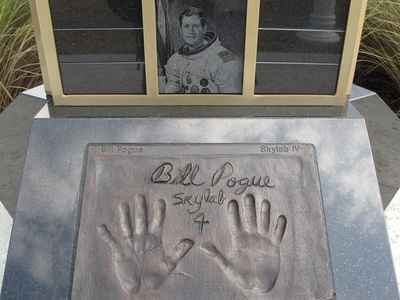
William Pogue
A U.S. Air Force pilot who served as the Pilot on Skylab 4, the final mission to America’s first space station. He and his crew spent a then-record 84 days in orbit, conducting extensive scientific research and medical experiments.
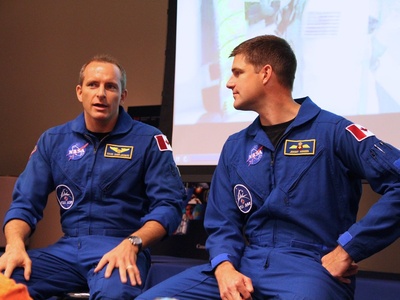
Jeremy Hansen
A Canadian astronaut and former fighter pilot assigned to the historic Artemis II mission. When he flies, he will become the first non-American to venture beyond low Earth orbit and journey around the Moon, a monumental achievement for Canada.
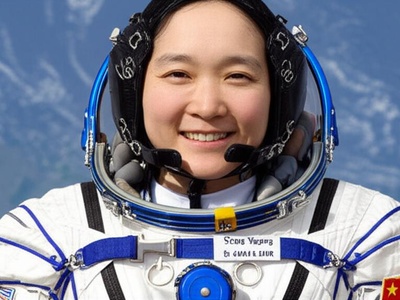
Wang Yaping
A Chinese military pilot and taikonaut who became the first Chinese woman to perform a spacewalk. She has flown missions to both of China’s space stations, Tiangong-1 and Tiangong, and is a prominent figure in her nation’s human spaceflight program.
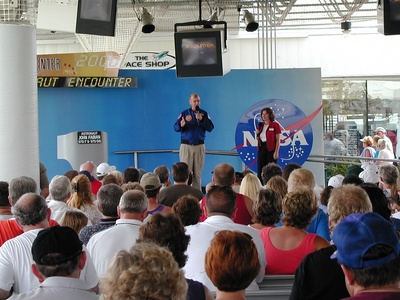
John Fabian
A former U.S. Air Force officer and NASA astronaut who flew on two early Space Shuttle missions. During his first flight on Challenger, he was instrumental in deploying and retrieving a satellite using the shuttle’s robotic arm for the first time.
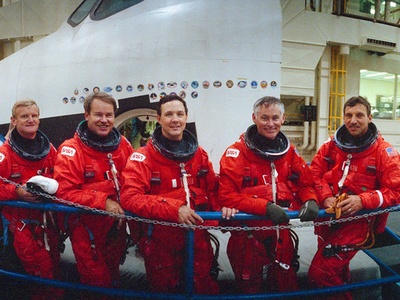
David C. Hilmers
A U.S. Marine Corps aviator and NASA astronaut who flew on four Space Shuttle missions. He was a crew member on STS-26, the critical “Return to Flight” mission after the Challenger accident, helping restore confidence in the shuttle program.
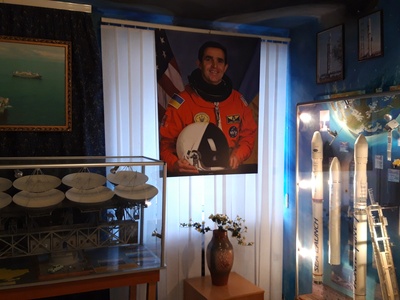
Leonid Kadenyuk
A Soviet test pilot who became the first and only astronaut of independent Ukraine. He flew as a payload specialist on Space Shuttle Columbia mission STS-87 in 1997, conducting biological experiments and becoming a national hero.
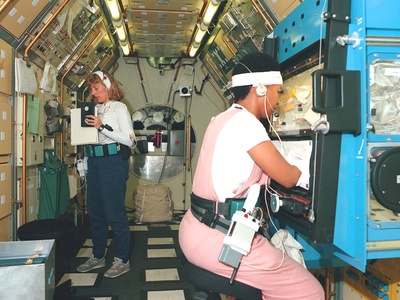
Mamoru Mohri
A Japanese scientist who became the first Japanese national to fly on the Space Shuttle. On his two missions, he conducted materials science experiments and helped create a high-resolution 3D map of the Earth’s surface with the Shuttle Radar Topography Mission.
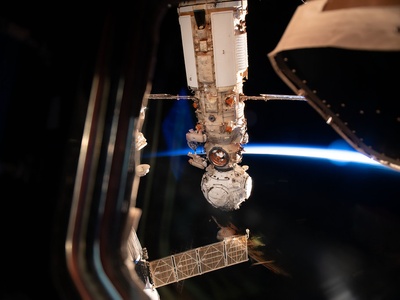
Pyotr Dubrov
A Russian cosmonaut who completed a nearly year-long mission aboard the International Space Station. His 355-day flight provided invaluable data on the effects of long-duration space travel on the human body for future deep space exploration.
Enjoyed this article?
Get daily 10-minute PDFs about astronomy to read before bed!
Sign up for our upcoming micro-learning service where you will learn something new about space and beyond every day while winding down.

